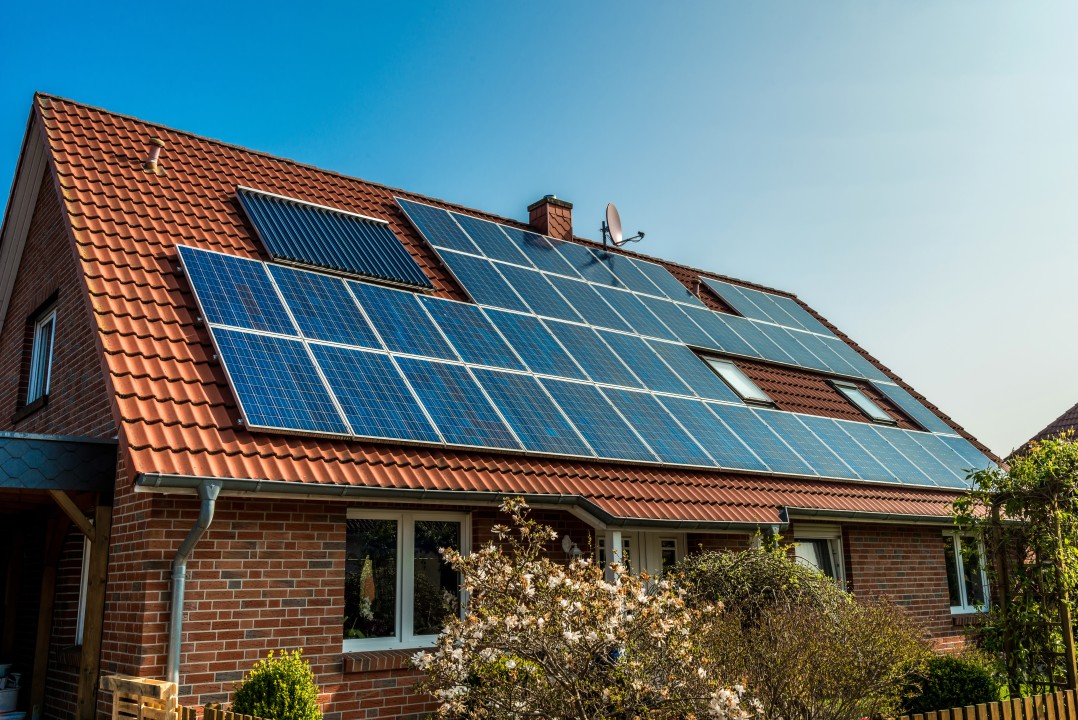Taking a Closer Look at 2022 Energy Standards: Residential

Cool Off with Cool Roof
Another 2022 Energy Standard going into effect at the beginning of 2023 is applying a “cool roof.” A cool roof is required for any replacement, recovering, or recoating of the exterior surface of the existing roof, where greater than 50% of the existing roof surface area OR 2,000 square feet of the existing surface is re-roofed, whichever is less. Lowering roof temperatures on the hot sunny days which prevail in California’s climate zones 10-15 significantly reduces energy costs and electricity consumption.
The Cool Roof Rating Council (CRRC) is the sole authority recognized by the California Energy Commission for certifying roofing products as “cool roof” materials. The CRRC rates roofing products and systems by measuring two important thermal properties:
Solar Reflectance (SR): The roofing material’s ability to reflect solar energy back into the atmosphere. Title 24 also rates SR after 3 years, a value known as aged solar reflectance.
Thermal Emittance (TE): The ability of the material to radiate absorbed heat up and away from the house.
Both of these thermal properties are measured and assigned values from 0 to 1. The higher the value, the cooler the roof. By CRRC standards, the minimum SR value is .20, and the minimum TE value is .75.
A third “cool roof” qualifier is the Solar Reflective Index (SRI) value of 16, which is calculated by combining thermal emittance and solar reflectance in a complex mathematical formula. The SRI alternative is useful when a particular product exceeds the Energy Standards requirement for either the aged solar reflectance or the thermal emittance, but does not meet both requirements.
